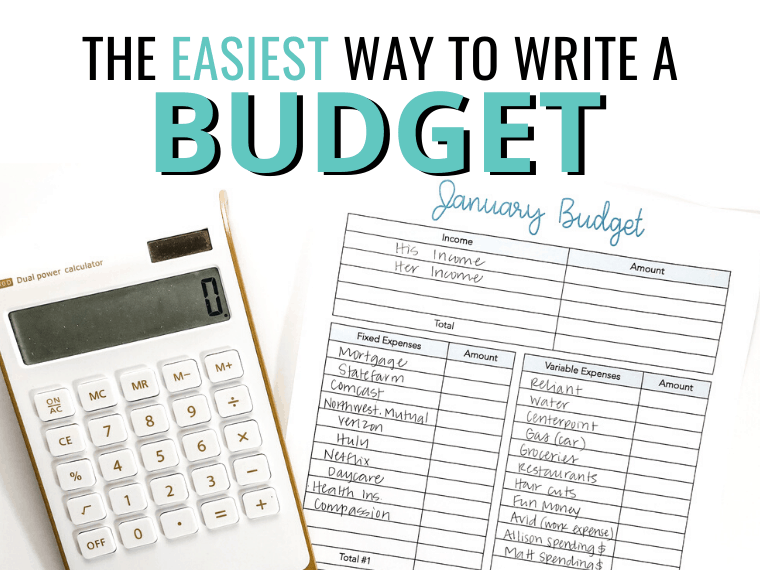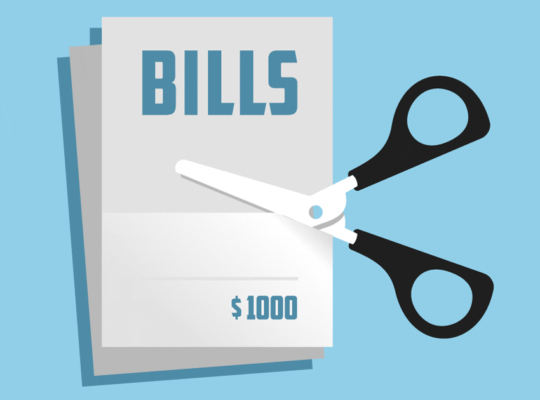
Part of the Budgeting series:
The 50/30/20 rule divides your money into three categories: needs, wants, and savings.
The 50/30/20 rule suggests that you spend 50% of your income on your needs, 30% on your wants, and 20% on your savings. This way, you can balance your money and plan for your future.
How do you use the 50/30/20 rule to build your budget?
To use the 50/30/20 rule to build your budget, you need to follow these steps:
Step 1: Know your income
Your income is the money you earn or receive every month. It can come from a job, an allowance, a gift, or a scholarship. Add up all your income sources and write down the total amount. If your only income is your job, write down the amount you get paid each month. This is your starting point for your budget.
Step 2: Calculate your needs budget
Your needs are the things you must have to live and be healthy. Examples include:
- Rent
- Utilities
- Food
- Transportation
- Insurance
- Basic clothing
To find out how much you can spend on your needs, multiply your income by 0.5.
For example, if your income is $2,000, your needs budget is $2,000 times 0.5 = $1,000. This means you should try to keep your needs expenses below $1,000 every month.
Step 3: Calculate your wants budget
Your wants are the things you like to have but don’t really need. Examples include:
- Hobbies
- Entertainment
- Eating out
- Shopping
- Travel
To find out how much you can spend on your wants, multiply your income by 0.3. For example, if your income is $2,000, your wants budget is $2,000 times 0.3 = $600. This means you can spend up to $600 on your wants every month.
Step 4: Calculate your savings budget
Your savings are the money you put aside for your future goals. Examples include:
- Emergency fund
- Retirement account
- College fund
- Any other big purchase you are saving for
To find out how much you should save, multiply your income by 0.2. For example, if your income is $2,000, your savings budget is $2,000 times 0.2 = $400. This means you should save about $400 every month.
Step 5: Write down your actual spending
Now that we have calculated our budget, let’s start sorting our actual spending. Grab your latest bank statement, or log into your banking app, and start sorting your actual expenses. For example, if you see that you made a $200 payment towards your electric bill, write $200 under the "Needs" budget. If you see a charge for movie tickets, write that amount under "Wants" budget.
Step 6: Compare your expenses to your budget
Subtract your expenses from your budget. This is your budget balance. If your budget balance is zero or positive, that means you are living within your means and have some extra money. If your budget balance is negative, that means you are spending more than you should and may have a budgeting problem.
Step 7: Adjust your budget
If your budget balance is negative in any of the three categories, don’t panic! Look at the other categories and see if there is money left in them, and use that extra money to balance or offset the negative balance.
If there is no extra money, you need to find ways to reduce your expenses or increase your income.
If your budget balance is positive, you can decide how to use your extra money. You can spend it on your wants, save it for your goals, or donate it to a cause.






